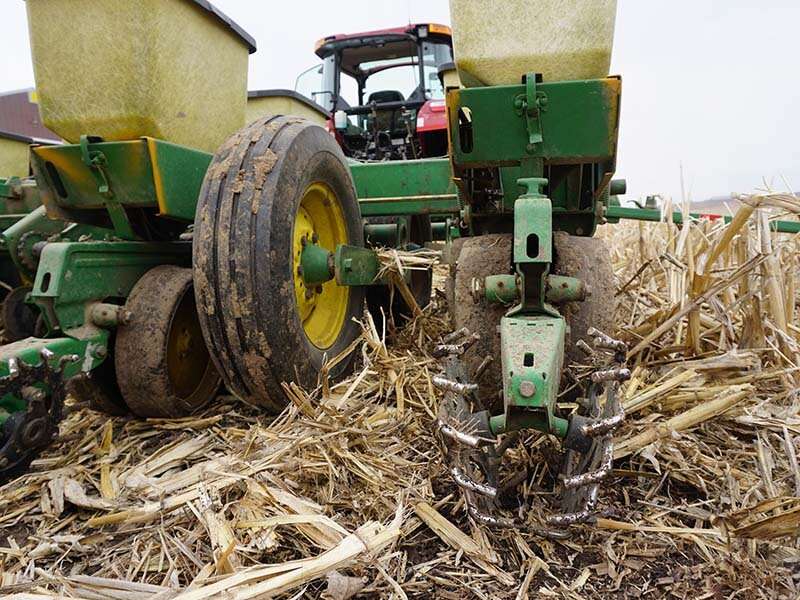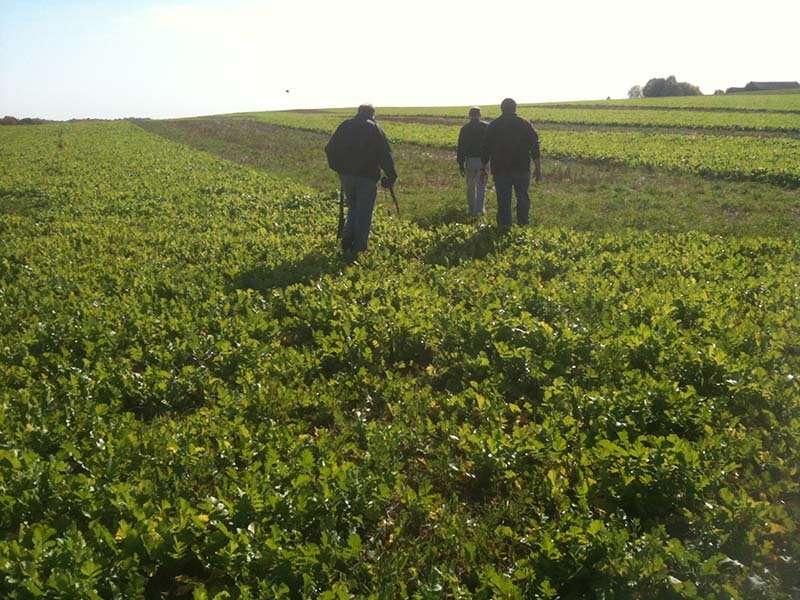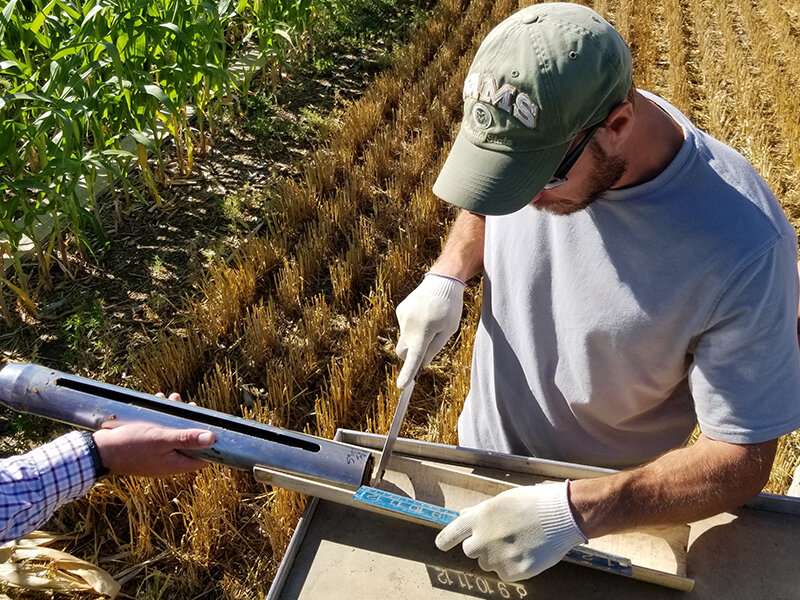Best farming practices for soil health vary by region

Farmers can use a variety of practices to keep their soils healthy. Some of these practices include not tilling the land, planting cover crops between growing seasons and rotating the type of crop grown on each field.
However, research published in Agricultural & Environmental Letters, notes that information regarding soil health is often too generalized.
"Soil health is difficult to define, measure and track over time, although methods are improving," says Grace Miner, a member of the American Society of Agronomy, Crop Science Society of America and Soil Science Society of America. "Linking changes in soil health to farm management is complex."
Not all outcomes are equal amongst farms. While one practice may benefit one, it may bring challenges to another depending on location. These challenges stem from the U.S. having diverse geography.
"We recognize there are potential benefits with soil health, but caution against blanket statements," says Miner. "The best farming practices, in terms of costs and benefits, need to be understood at the regional level. What works for someone in Colorado may not work in Wisconsin."
Farmers worldwide are faced with the challenge of producing high-quality food while using practices that minimize environmental impacts. They are encouraged to practice conservation while producing enough nutritious food to feed a growing population.

"There is positive momentum and commitment surrounding soil health from the agriculture industry, conservation groups and policy makers," says Miner. "However, when they provide too generalized of statements, information is lost."
There are many factors that affect the outcomes of soil health management on a farm. Soil health improvement is often a lengthy process that depends on things like soil type, climate, cropping system and available tests.
"Healthy soils are the foundation for food production," says Miner. "We need to pursue the most sustainable and economical forms of production. But outcomes need to be understood over a long range of time at regional levels."
Researchers emphasize the importance of identifying the pros and cons of different farm management systems. Consideration of soil health, yield and nutritional quality need to be taken. For some, decisions may need to be made in terms of farmer goals.
Miner notes that generalizations are useful to a point. But to answer questions about how farm management practices impact soil health, yields and other outcomes, practices need to be tested at a regional scale for multiple years.

"Locally sourced data will help farmers use the best practices for their land," says Miner. "The investment and outcomes involved over time is a complex, yet worthwhile challenge."
The question of whether healthier soils will lead to a better nutritional value of crops is another area of research. Improving the soil health doesn't automatically mean the crop yield and nutritional quality will increase.
"In some crops, the mineral nutrient quality goes down as yields go up," explains Miner. "It's dependent on the type of crop and the growing environment, among other factors."
There is a lot left to be understood about this complex subject, which is why Miner and her team are continuing their research. Ultimately, their goal is to understand the most regionally appropriate farm management practices.
"Meeting future global food demands while responsibly caring for the land is a grand challenge before us," says Miner. "There are important questions to answer in terms of soil health, crop production and nutritional quality. By investing time, energy and funding into these questions at the regional scale, we can determine the benefits of soil health management practices for farmers."
More information: Grace L. Miner et al. Soil health management practices and crop productivity, Agricultural & Environmental Letters (2020). DOI: 10.1002/ael2.20023
Provided by American Society of Agronomy




















